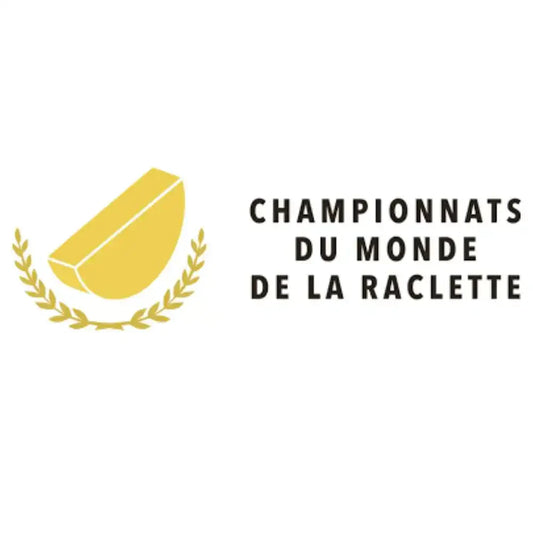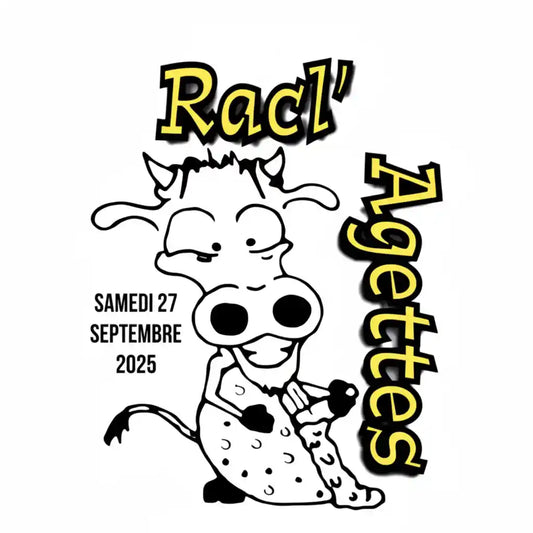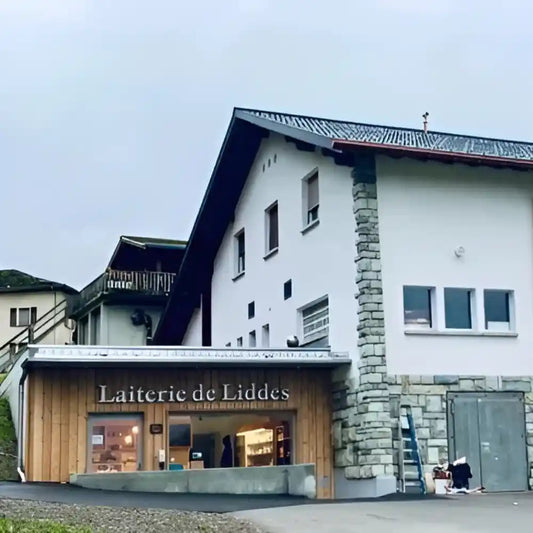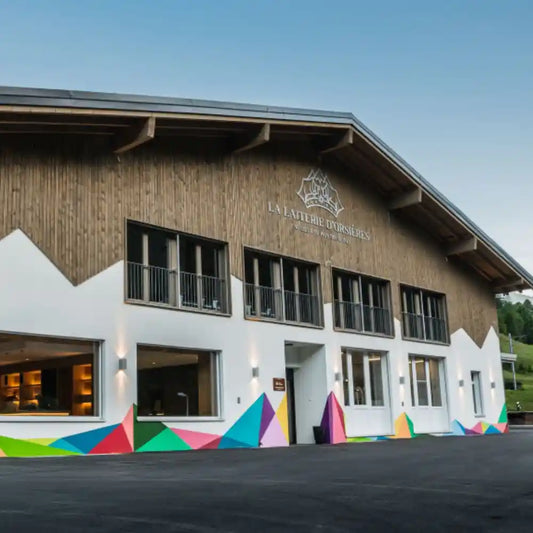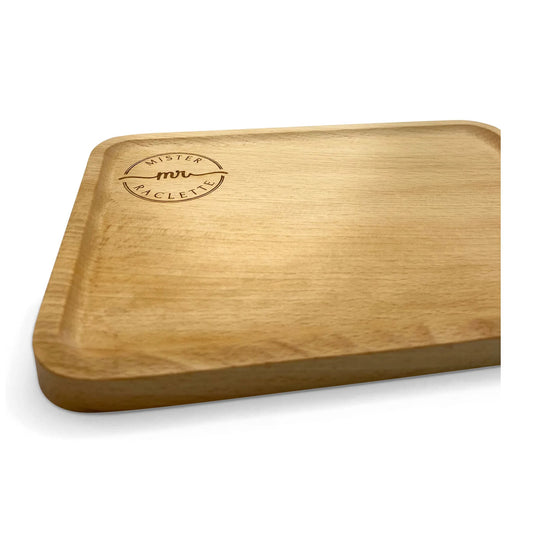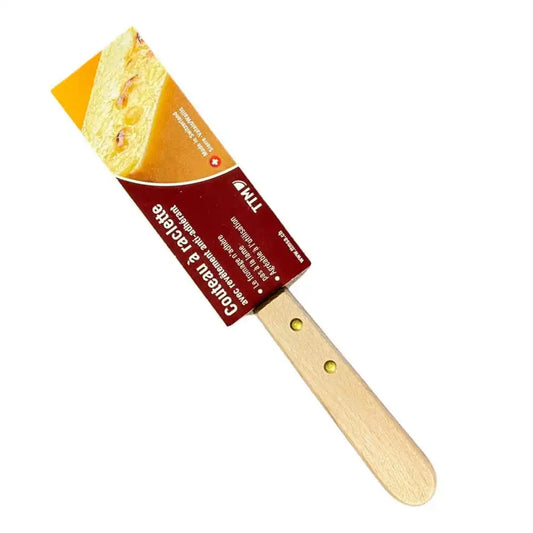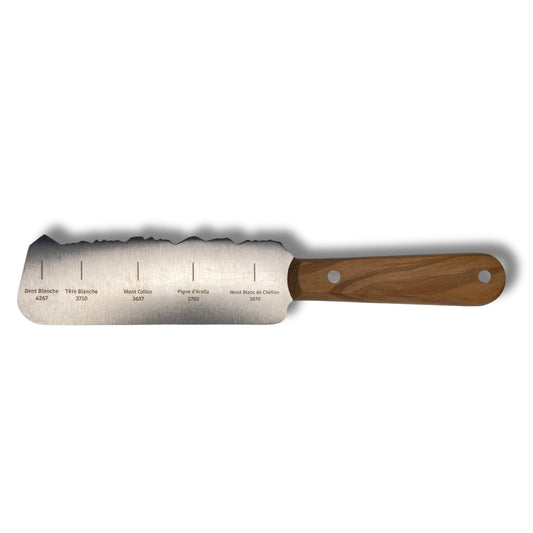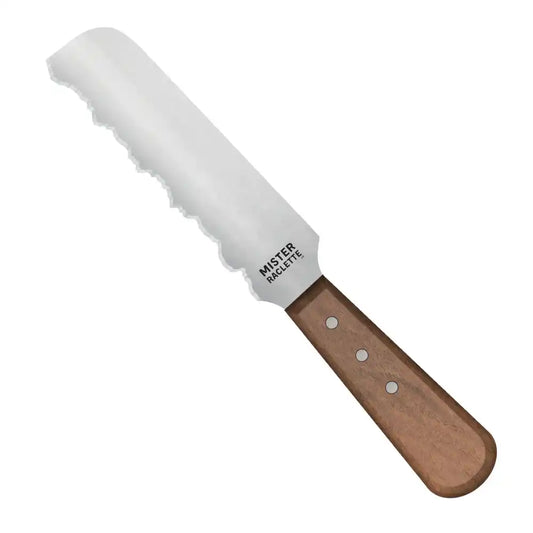Quality control of raclette cheese
Raclette cheese is subject to strict standards that guarantee its quality and uniqueness. The tax assessors, experts in charge of these controls, play a key role in controlling the quality of the raclette cheese . From appearance to texture, taste and meltability, everything is carefully examined. So that only the best raclette cheeses obtain the " Raclette du Valais AOP " label. But how are these controls organized?
The key steps in quality control of raclette cheese
Each step in the production of raclette cheese is crucial to ensure optimum quality. The assessors carry out rigorous and systematic checks.
1. Daily monitoring of manufacturing processes
Milk control : Milk is analyzed daily to ensure its bacteriological and chemical quality. For example, acidity levels and thermization temperature are checked. Compliance with acidity parameters ensures proper maturation of the lactic bacteria necessary for the fermentation process.

Manufacturing log : Each step of cheese manufacturing is recorded for precise monitoring. This log allows for quick identification of anomalies. And to follow the evolution of processes over the long term of raclette cheese manufacturing. Cheese factories use this data to adjust techniques and anticipate potential problems.

2. Weekly and monthly checks
Cellar control : Cellar temperatures and humidity are checked to ensure optimal maturation. For example, insufficient humidity can cause the cheese to dry out, affecting its texture and taste. Listeria monocytogenes : Analyses carried out on the cheese scab in the cellar every two months to prevent any bacterial contamination. Staphylococci and Escherichia coli : Quarterly tests on raclette cheeses in production to ensure exemplary hygiene, particularly on batches at risk.
Milk quality: A fundamental element
Milk is at the heart of the manufacturing process. In the mountain pastures, producers must respect strict standards:
Schalm test : Used to detect mastitis in cows, this test allows potentially contaminated batches of milk to be ruled out. Healthy, high-quality milk is a prerequisite for producing exceptional raclette cheese. Rigorous cleaning : Milking utensils are disinfected after each use, thus limiting the risk of cross-contamination between different batches of milk. Cows fed in mountain pastures benefit from a natural diet that directly contributes to the aromatic richness of the milk. The latter is tested for its fat and protein content, and its microbiological balance.

The importance of water quality
Water potability : Cheese factories using private sources perform annual microbiological analyses to ensure the purity of the water used during manufacturing. Any contamination could have serious repercussions on the quality of the raclette cheese.
Treatments : If the water is treated (chlorination or UV), regular self-checks are mandatory. In addition, the water used for lactose removal (removing lactose) must be at a controlled temperature. In order to promote the evacuation of whey without altering the structure of the raclette cheese grain.

Equipment maintenance and upkeep
Accurate Instruments : pH meters and thermometers are calibrated regularly to ensure accurate measurements. Undetected pH or temperature variation can lead to irreversible defects in the final product.
Clean facilities : Pipes, boilers and other equipment are inspected to prevent cross-contamination. For example, deposits in milk transport pipes can alter its organoleptic qualities and microbiological composition.
Cellar control: Perfect maturation
A well-adjusted cellar ensures the correct formation of the rind on the cheese and the development of aromas. Taxers monitor the following factors:
Constant temperature : Between 10 and 11 °C, with a humidity close to 92%. These conditions allow a slow and regular maturation of the cheese , promoting the development of the typical aromas of raclette.
Cheese care : The wheels are turned and rubbed regularly to prevent defects such as unwanted mold or an uneven rind. The assessors also ensure that the cheeses receive proper care to avoid "toad skins." A defect related to insufficient hydration of the surface.

The challenges of making raclette cheese
Raclette cheese production poses specific challenges in the world at large. For example, weather conditions can influence the quality of milk in the alpine pastures. Prolonged drought affects the local flora, leading to variations in the cows' diet and, consequently, in the characteristics of the milk. To overcome these hazards, producers work closely with tax collectors to adjust manufacturing techniques.
Seasonal variations also play a crucial role. In summer, milk produced on mountain pastures tends to be richer in aromas due to the diversity of flora. In winter, milk often comes from cows fed on hay, which can influence the final texture of the raclette cheese.
Technological innovations in the production of Valais raclette
The integration of new technologies has transformed the production of raclette cheese. For example, connected sensors are used in cellars to accurately monitor temperature and humidity parameters in real time. This makes it possible to anticipate and quickly correct any deviations.
Artificial intelligence (AI) tools can also predict defects before they occur. By analyzing historical batch data, AI can suggest precise adjustments to the detailed manufacturing process.

The expertise of tax collectors
Taxation experts are trained to detect the smallest defect with great attention, such as "thousand holes" or a shriveled crust. Their work relies on modern tools and in-depth knowledge. For example, the use of spectrometers to analyze aroma profiles is beginning to become widespread in control laboratories.
1. Product evaluation criteria
Appearance : The color and uniformity of the rind, and the absence of abnormal cracks or mold.
Taste : A raclette should have balanced aromas, neither too acidic nor too bland. The flavors should reflect the characteristics of the terroir and the maturing in the cellar.
Texture and consistency : Neither too soft nor too dry, the dough should be homogeneous and should melt evenly when heated.
2. Technology and tradition
Although modern instruments are used, assessors also rely on their sensory experience to judge quality. This combination of technological tools and traditional know-how ensures optimal quality control.
New technologies, such as optical scanners, make it possible to detect irregularities in the internal structure of cheeses, thus avoiding the marketing of non-compliant products.
Case studies: When control prevents defects
In a dairy in Valais, an entire batch was almost withdrawn due to excess humidity in the cellar. Thanks to the rapid intervention of the tax inspectors, the parameters were adjusted, thus saving the cheese from an irreparable defect.
In another case, microbiological analysis revealed slight contamination due to inadequate cleaning of equipment. Stricter procedures were put in place, and the problem was not encountered again.
Focus on environmental sustainability
With the growing awareness of environmental issues, raclette cheese producers are incorporating sustainable practices. For example, the use of renewable energy in cheese factories is becoming common. Production waste, such as whey, is transformed into biogas or food supplements to reduce the ecological impact.
Historical and cultural anecdotes about raclette
Raclette has its origins in Swiss farming traditions. In the past, cheese wheels were heated over a wood fire. And the melted part was scraped onto bread or potatoes. The first quality controls were carried out informally, through agricultural fairs where producers presented their products. These fairs, still present, continue to play an important cultural role, promoting the quality and authenticity of raclette.
Conclusion
Quality control of Valais brand raclette cheese is a real science. Each step, from milking to maturation, is rigorously supervised to offer an exceptional product to consumers. Thanks to the expertise of the assessors and compliance with standards, Valais AOP raclette remains a symbol of quality and tradition. Return to the blog for a different raclette experience.

